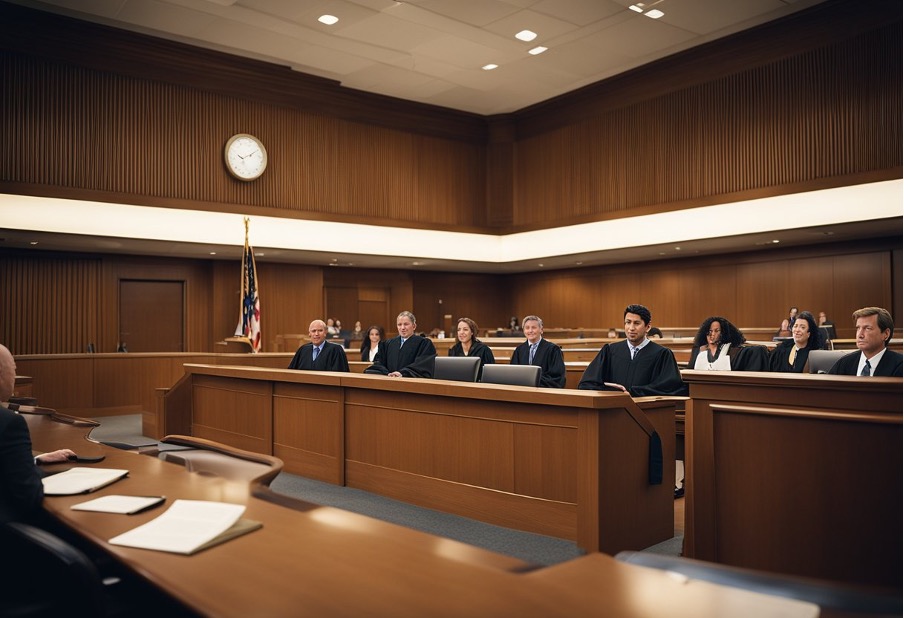California has a detailed legal framework for compensating individuals who suffer personal injuries due to negligence or wrongdoing. The state follows a comparative negligence system, allowing injured parties to recover damages even if they are partly at fault. This encourages a fair distribution of responsibility and compensation based on the extent of each party’s contribution to the incident.
Personal injury compensation includes economic and non-economic damages. Economic damages cover quantifiable losses such as medical expenses, lost wages, and property damage. Non-economic damages account for subjective, non-monetary losses like pain and suffering or loss of consortium.
Understanding California’s Personal Injury Laws
California’s personal injury laws are designed to assist individuals who have suffered harm due to another party’s negligence. These laws define personal injuries and set the time limits within which a person must file a claim.
Definition of Personal Injury
Personal injury refers to any harm caused to an individual’s body, emotions, or reputation. In California, this includes physical injuries from incidents such as car accidents, slips and falls, and assaults.
Negligence plays a crucial role in these cases. The injured party (plaintiff) must prove that the other party (defendant) failed to exercise reasonable care. Common cases handled by firms like Santa Cruz Accident involve car accidents and premises liability.
Economic and non-economic damages can be pursued. Economic damages cover medical bills and lost wages. Non-economic damages account for pain and suffering.
Statute of Limitations
The statute of limitations sets the deadline for filing a personal injury lawsuit. In California, this period is generally two years from the date of the injury.
If the injury was not discovered immediately, the deadline might extend to one year from the date the injury was discovered. Missing this deadline usually means losing the right to compensation. Certain exceptions exist, such as when the injured party is a minor. For accurate legal advice, consulting with a personal injury attorney, such as those at Santa Cruz Accident, is advisable. Understanding these time limits is critical. It ensures that victims seek justice within the allowed period. Legal assistance is often necessary to navigate these deadlines effectively.
Seeking Compensation After an Injury
Navigating the process of seeking compensation for personal injuries involves several crucial steps. Key components include filing an injury claim, enlisting the help of a professional, and accurately calculating damages.
Filing an Injury Claim
Filing an injury claim is the first step. This entails notifying the responsible party and their insurance company of the injury. The claimant must gather and present evidence such as medical records, witness statements, and accident reports.
Timeliness is critical. In California, the statute of limitations typically allows two years from the date of the injury to file a claim. Missing this deadline can forfeit the right to compensation.
Role of a Personal Injury Lawyer
A personal injury lawyer can be instrumental in the claims process. They provide legal expertise, gather evidence, and negotiate with insurance companies. A skilled lawyer, like those from Personal Injury Lawyer Santa Cruz, can significantly increase the chances of a successful claim.
They assist in understanding legal rights and navigating complex procedures. Their representation ensures that the claimant’s interests are prioritized, potentially leading to higher compensation.
Calculating Damages
Calculating damages involves assessing both economic and non-economic losses. Economic damages include medical expenses, lost wages, and property damage. Non-economic damages account for pain and suffering, emotional distress, and loss of enjoyment of life.
Accurate calculation is vital for fair compensation. Medical records, invoices, and expert testimonies are often used to substantiate claims. A thorough assessment ensures all relevant factors are considered, providing a comprehensive valuation of the injury’s impact.




